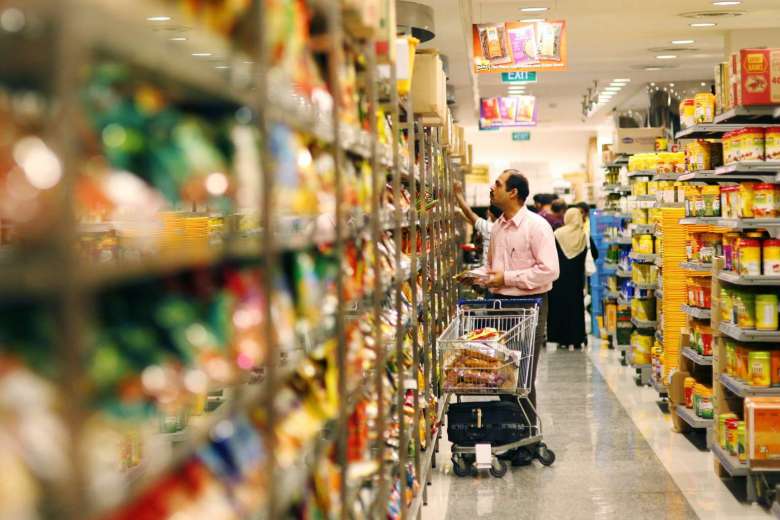Markets
Inflation Hits Low Bar Draghi Set as Stimulus Debate Gets Closer

- Inflation Hits Low Bar Draghi Set as Stimulus Debate Gets Closer
Mario Draghi kept expectations low for inflation this summer, and July’s number is proving him right.
Consumer-price growth in the euro area stayed at 1.3 percent — enough to argue that deflation risks have disappeared, but too little to meet the European Central Bank president’s goal of just under 2 percent. While it confirms Draghi’s prediction that inflation would remain near June levels in the coming months, it also reinforces his assessment that, despite better economic growth, there isn’t yet a self-sustained upward trend.
Monday’s report comes as policy makers gear up for an autumn debate on the future path of ECB policy. But unlike confidence at a decade high and accelerating economic growth, it doesn’t offer an obvious argument why asset purchases should be phased out next year, as widely predicted by economists and investors.
“They need to get a clear story for September or October to make the case of the exit and it’s not going to be easy because core inflation and wages will probably roughly be where they are now,” said Nick Kounis, an economist at ABN Amro in Amsterdam. “They have to make the case for tapering and that will be based on growth giving them confidence that inflation is going to come back, and that’s the story they will try to sell.”
So far, Draghi and his Governing Council have steered away from a formal discussion about what will happen to the ECB’s 2.3 trillion-euro ($2.7 trillion) quantitative-easing program after its scheduled end in December. While policy makers’ guidance ties bond-buying to progress on the inflation front, the Italian has suggested that purchases could be pared without tightening the stance.
Pondering Data
Officials will have ample time to ponder economic data and policy options ahead of their Sept. 7 meeting, and probably even thereafter. A decision is more likely to come in October, people familiar with the matter told Bloomberg.
Business and consumer confidence in the region unexpectedly improved this month and core inflation accelerated to 1.2 percent. Unemployment fell to 9.1 percent in June, the lowest since early 2009, and a report on Tuesday is forecast to show output increased 0.6 percent in the second quarter.
The ECB is banking on the region’s robust recovery, now in its fifth year, to create price pressures — an endeavor complicated by an appreciating currency. Until now, wages have been almost stagnant, and a Bloomberg measure of domestically generated inflation has slowed, while the euro has gained more than 11 percent against the dollar since the start of the year.
“Weakness in oil prices and strength in the euro make continued weakness in inflation likely,” said Bert Colijn, senior euro-area economist at ING Bank NV in Amsterdam. “While the economic euphoria continues in the euro zone with strong growth and improving labor markets, inflation remains miles away from the ECB target. ”
Discussing Progress
Draghi has the opportunity to discuss his assessment with 19 Nobel Laureates at a conference that starts on Aug. 23 in Lindau, Germany, before he meets his international counterparts at the Federal Reserve’s Symposium in Jackson Hole, Wyoming.
U.S. officials may arrive with some advice on the dos and don’ts of unwinding stimulus. The central bank sparked an uproar in markets in 2013 with a signal about reducing accommodation. It’s since stopped buying bonds and started to raise interest rates and plans to begin “relatively soon” to build down the institution’s $4.5 trillion balance sheet.
Draghi has indicated that he’s in no rush to head down the exit path.
“We need to think. We need to have lots of information we don’t have today,” he said after policy makers’ July 19-20 meeting. “But let me give you the bottom line of our exchanges: Basically, inflation is not where we want it to be, and where it should be.”